Why I Came Home to Toronto
- 22 December 2017
- ByJordan Sowunmi
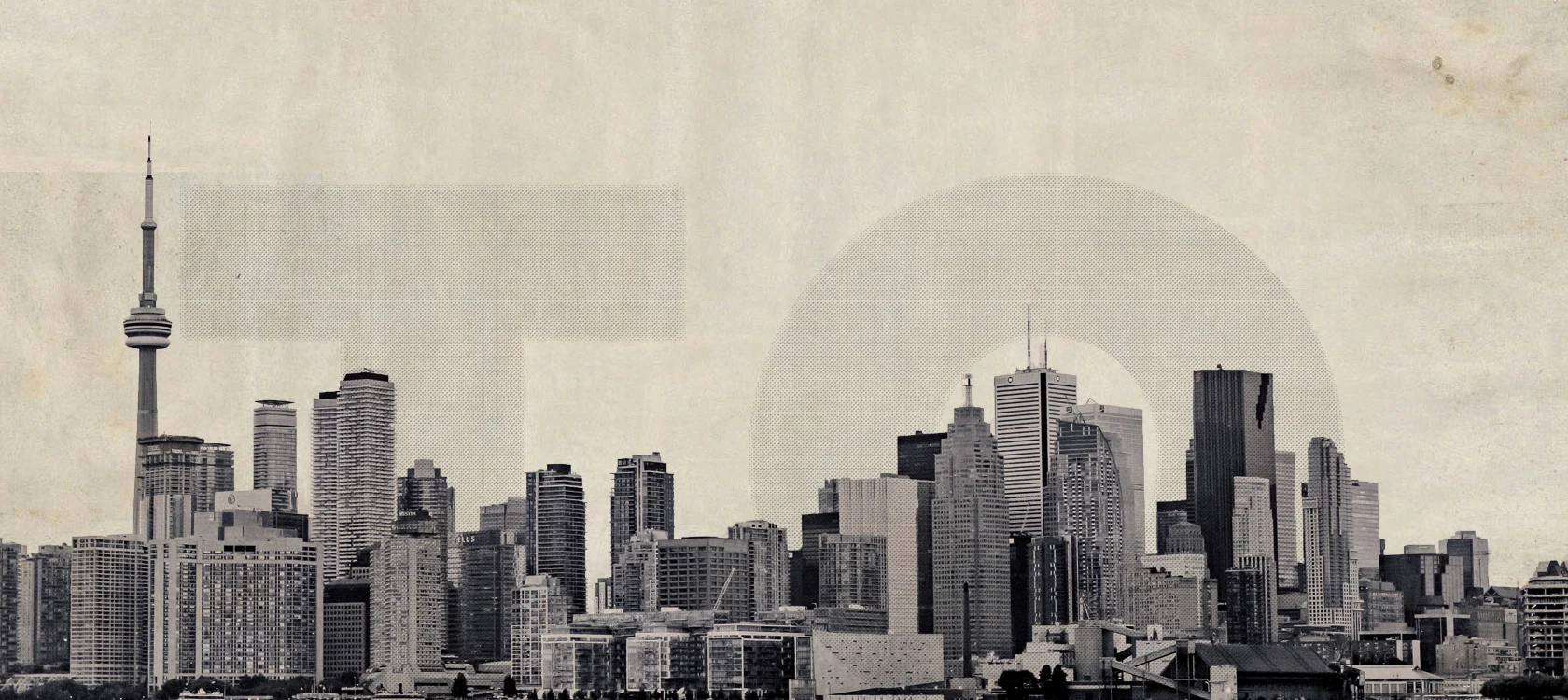
One day in my second year as an expat in Amsterdam, I was talking to a young Dutch rapper about the state of global youth culture, with a specific focus on hip-hop.
The 22-year-old musician, supported by Sony Music in the Netherlands, whose songs have racked up hundreds of thousands of plays on YouTube and Spotify, said to me, “It’s all about Toronto and Atlanta, right now, man. They’re the ones pushing culture forward.”
I was stunned. A hyper-intelligent, plugged-in artist making music that’s an essential part of youth culture in Amsterdam sees Toronto as one of the two key places pushing culture forward in 2017? Even with the international success of artists like Drake, The Weeknd, and Daniel Caesar, the answer forced me to reexamine the city’s global impact as an outsider. As someone who lived in Toronto for 25 years, I couldn’t imagine hearing a response like that a decade ago. Or five years ago. Or even three years ago. For much of my life, Toronto felt doomed to forever be a second-tier international city, a place people occasionally visited but rarely thought of, perpetually painted with the “kid brother” brush.
In August of 2015, a recruiter messaged me on LinkedIn, asking if I was interested in talking about coming to work for an advertising agency in Amsterdam. The company, Wieden+Kennedy, is internationally renowned for groundbreaking campaigns like Nike’s “Just Do It.” I was gobsmacked. At the time, I’d only been in advertising for a year, and this opportunity was one that people in the ad industry work their entire career hoping to land. After discussing the idea with my then girlfriend, who encouraged me to pursue it, I chased after it, subsequently having somewhere around 17 interviews (3 over Skype, 14 in person in Amsterdam) before finally landing the job. I moved to Amsterdam that October.
The decision to leave was difficult. Mostly because a DJ night I created with my friend James was picking up speed and turning into something more than just a party. The event, Boosie Fade, started in a small bar in a trendy part of Toronto called Red Light - a dimly-lit bar with red curtains in the front and a dance space that comfortably contains around 20 in the back - grew steadily over the course of a year to the point that we had to move to a venue with more than four times the capacity of our original spot, Parts and Labour. (Their executive chef is the VICELAND television star Matty Matheson.)
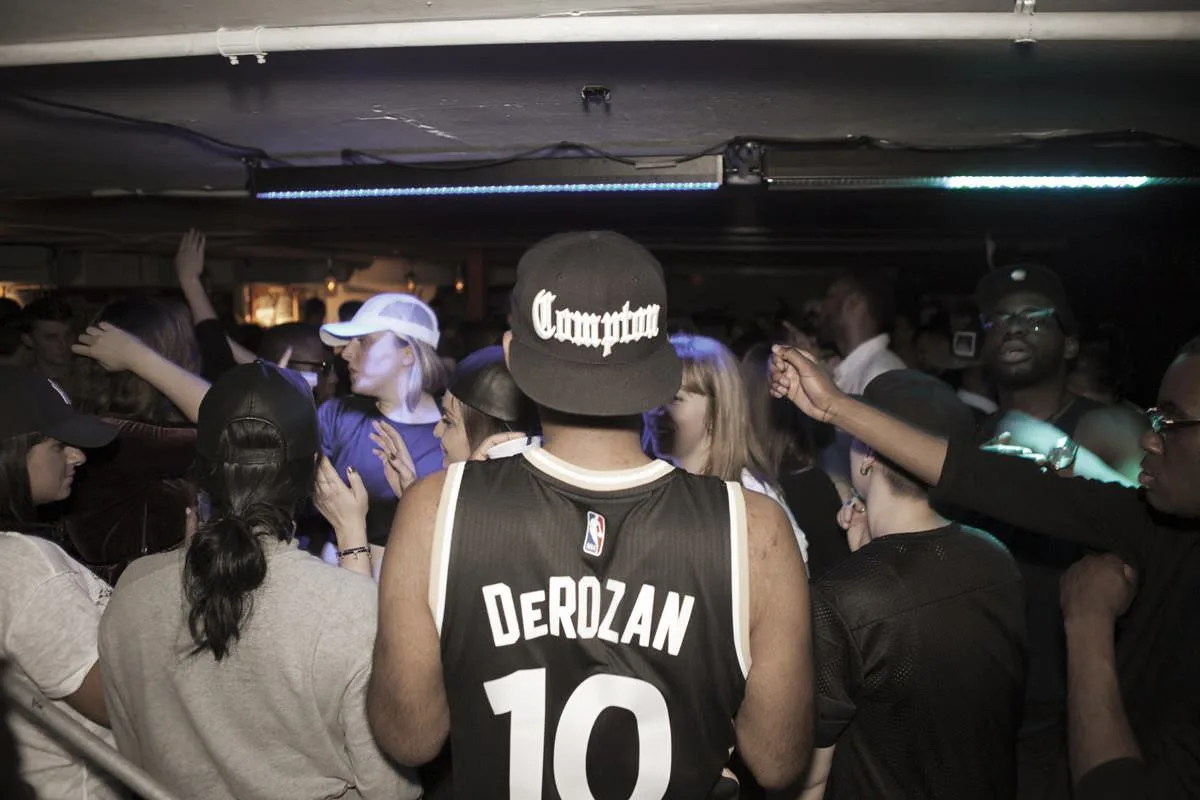
Photo by Becca Lemire
The events gained popularity and soon established a community of regulars. At some point, I noticed that the conversations on our events walls were unlike those I saw other places people discussed hip-hop online: people were irreverent, funny, welcoming, and above all, exceedingly cordial. Conversations on the rap internet typically tend to mimic the unflinching hypermasculinity present in a lot of hip-hop - listeners can be elitist, judgmental, and quick to denigrate anyone whose taste or historical knowledge doesn't match up with the hip-hop canon deemed worthy of valorization. The conversations on our event walls eschewed that trope, instead allowing a variety of fans of with diverse tastes in hip-hop to champion their favorites in peace.
Buoyed by the fervor of our unexpected success, James and I decided to see if we could replicate the magic of our event walls on a more permanent basis. Boosie Fade: The Group was created with the idea of transmuting the best parts of our parties and the community around it - an egalitarian nature as welcoming to someone who has listened to hip-hop their whole lives as it is to someone who only started listening to the genre in the decade, accentuating what people liked about music more than what they disliked, and jettisoning the hip-hop elitism that dictated “acceptable” taste.
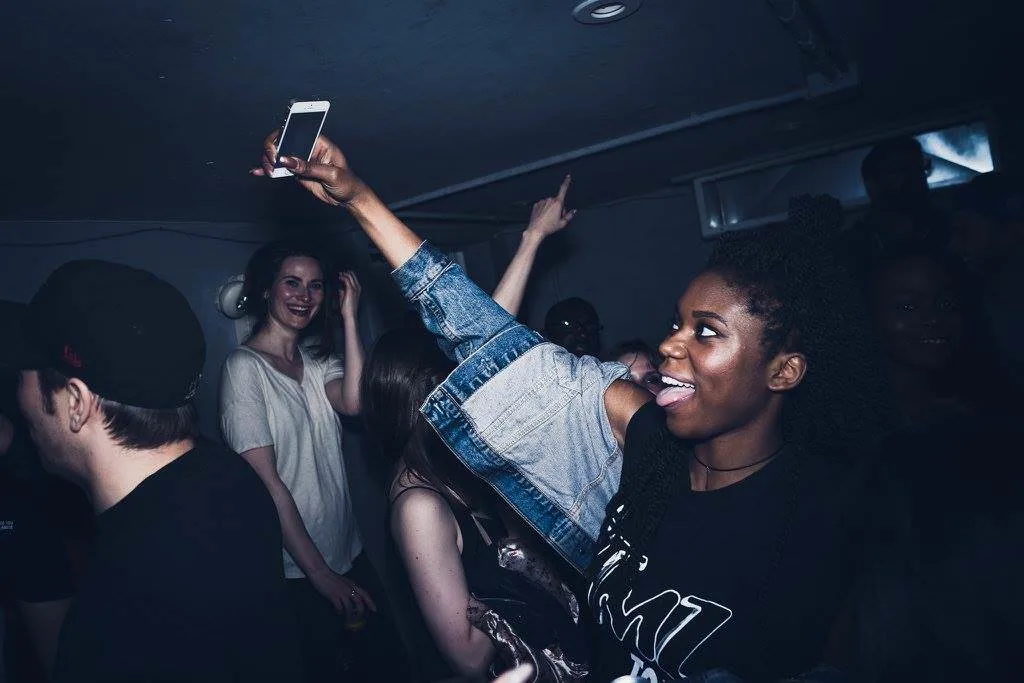
Photo by John Hibionada
The group started small, consisting solely of friends and friends of friends. Then folks who enjoyed the group began adding their friends, who in turn added their friends, and so on and so forth. In January 2017, a journalist in the group wrote an article for Uproxx, which brought a new wave of international supporters, people in Los Angeles, Amsterdam, London, Edmonton, and many other places. As time progressed, the group became reflective of our parties: diverse (in taste as well as racial and gender makeup), open, and fun as hell.
Those ideas tie strongly to my experience of Toronto. I grew up in a neighbourhood called Parkdale, a part of the city that holds many of the elements I appreciated as a kid without even noticing it - Victorian homes, high-rise apartment buildings, and plenty of schools around to make a youth sports star happy with the variety of competition. The neighbourhood, partially known for its abundance of low-income housing, was also home to numerous halfway houses and a large body of the city’s homeless population. This occasionally caused some city residents to stigmatize the neighbourhood as “sketchy,” but as someone who spent my entire life in that neighbourhood until I was 14-years-old, it was idyllic.
The one mile or so between Parkdale and High Park, its westward neighbor, came complete complete with pockets of West Indian, North African, Chinese, Portuguese, Polish, Vietnamese, and Tibetan communities as well as third, fourth, and fifth generation Canadian families. Also in that one mile radius: a number of excellent parks where I played touch football and capture the flag; public libraries where I formed my reading habits and first accessed the internet at 13; and community centres that were as after-school clubhouses for me, a place to play pool and basketball and make new friends from the neighbourhood.
Growing up in an area so rich in diversity with productive places to spend time imprinted the idea in my mind that Toronto and humanity contain multitudes, and that multifarious nature is the natural order of the world.
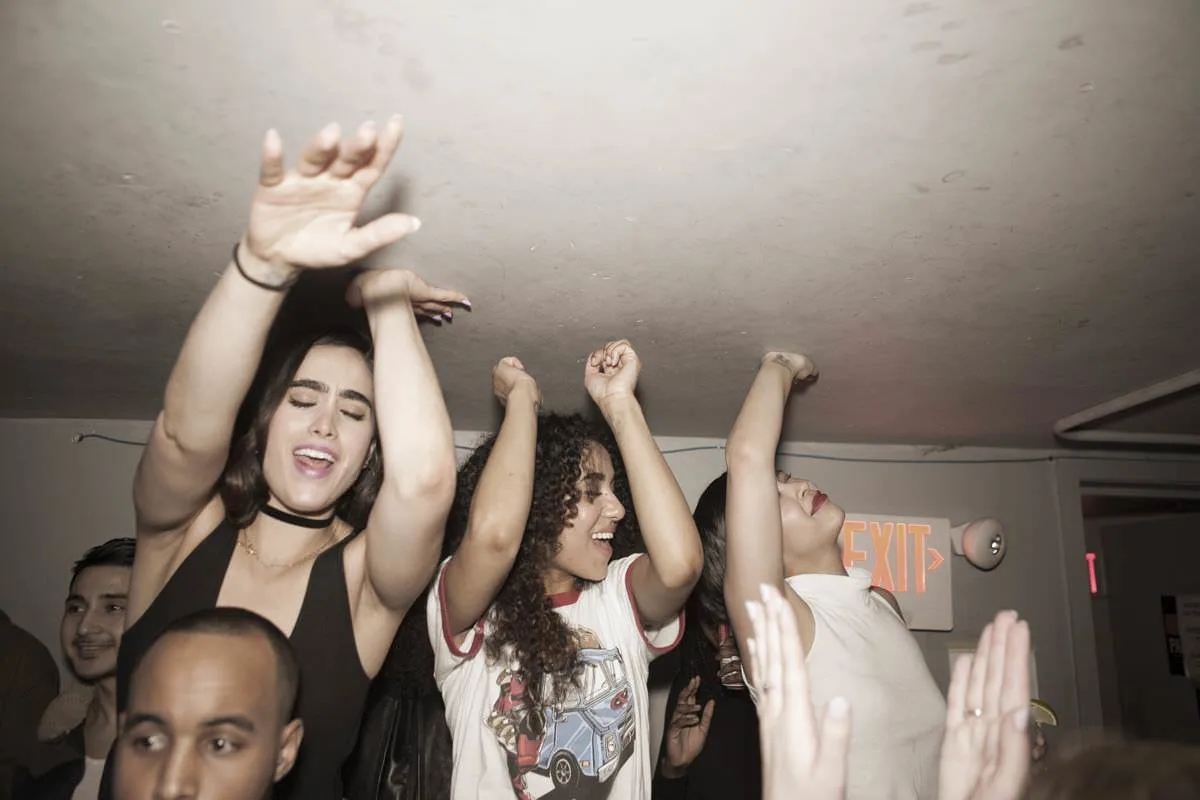
Photo by Becca Lemire
Ultimately, it was the Boosie Fade community that drew me back to the city. It’s emblematic of everything I love about Toronto. Our supporters are made up of people from all walks of life - from lawyers to artists to people in the restaurant industry to tech employees to students and everything in-between.
At each event, I meet a new person who is attending their first Boosie Fade party but is an active participant or observer of Boosie Fade: The Group. The conversations we have are always illuminating. One guy told me that the group drew him and his brother closer because it gave them a torrent of topics and perspectives to add to their already in-depth hip-hop conversations. Another person who recently moved from Montreal said that the group helped make her move easier because instead of coming to the city knowing no one, she arrived with five friends she’d made through the group. Each time someone tells me that the group makes them think deeper about an issue, makes them laugh, or creates a new friendship, I feel satiated in a singular fashion. The sincerity of the community matches the earnestness of our intentions when we started the group, and it’s a thrill to see people relating to the exact energy we aimed to put into this corner of the internet.
A lot of people in the arts in Toronto have “moving to the US” or elsewhere as one of their professional goals. For those feeling big fish in a small pond struggles, I understand. But I’m inspired by creatives who have made this city their home while also thriving internationally, people like Bryan Espiritu of Legends League or DJs Nino Brown and Bambii, or the multidisciplinary artist Visionelie. I want to be a part of the class of people in the arts who take the best of what the city has to offer, and aims to build things that fill the gaps of what it’s missing.
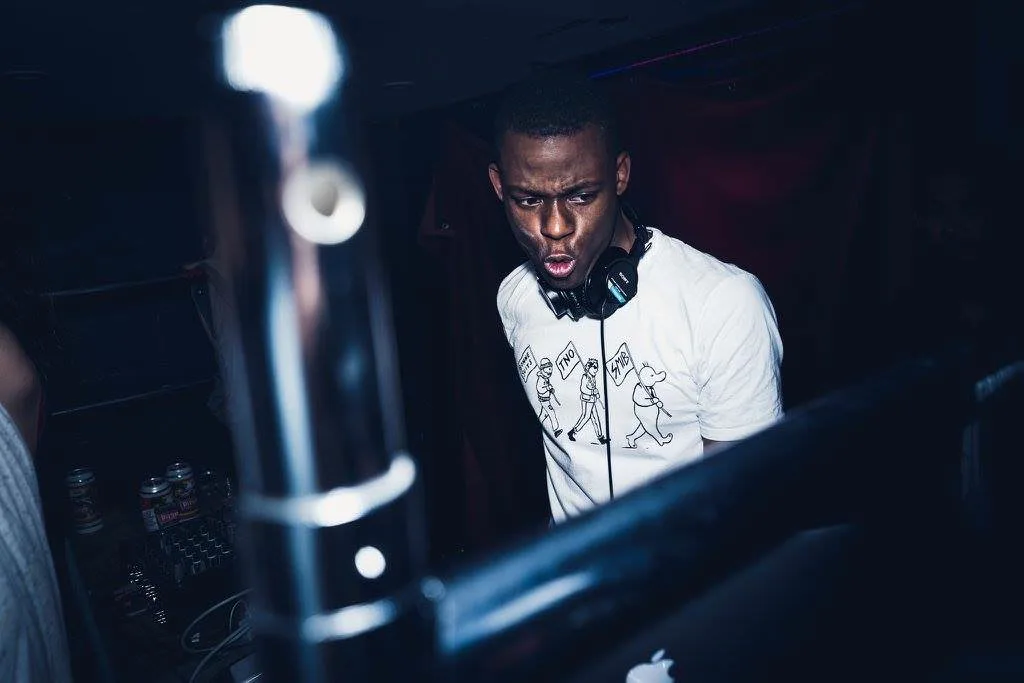
Photo by John Hibionada
Besides, there’s nothing like the vibe of Boosie Fade party at Parts and Labour. The space is perfect for a rap party: low-ceilings, a big dance floor, people making new friends, benches made for people to stand and dance on, all the while surrounded by a shifting mixture of excited veterans of the parties and eager first-timers. It’s an environment reminiscent of the jam in Sean Paul’s “Get Busy” video. Only no one ever tells us to stop banging on the damn furnace.
Muse From the 6 is a week to celebrate the artists who call Toronto home and the art that makes it unique. This week, Big Cartel will be supporting ArtHeart, a community organization helping people of all ages explore their creativity with art supplies, accessible studio space, and healthy snacks.
22 December 2017
Words by:Jordan Sowunmi
- Share